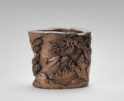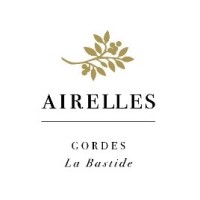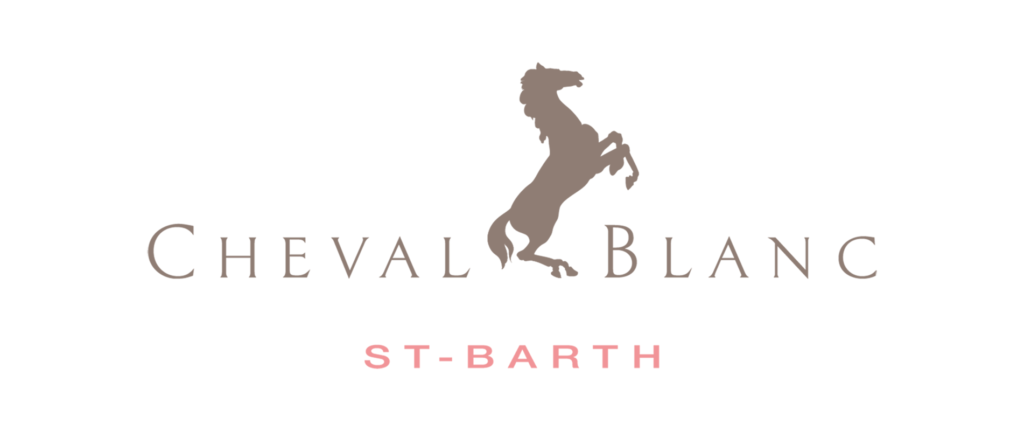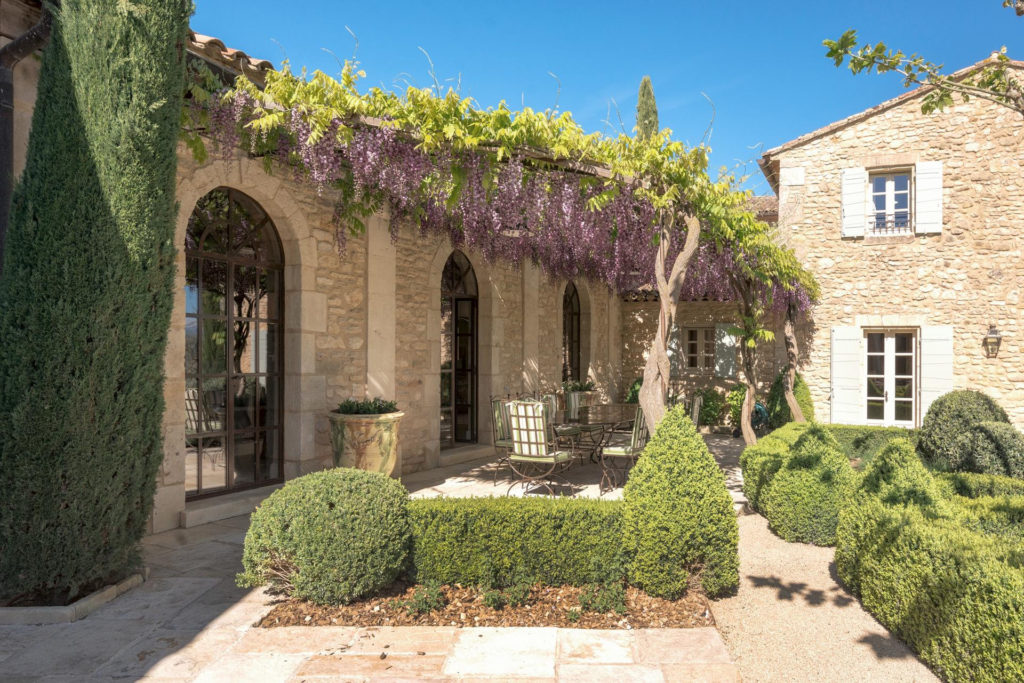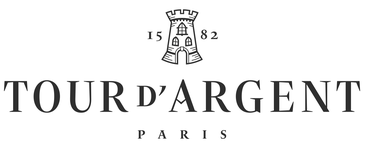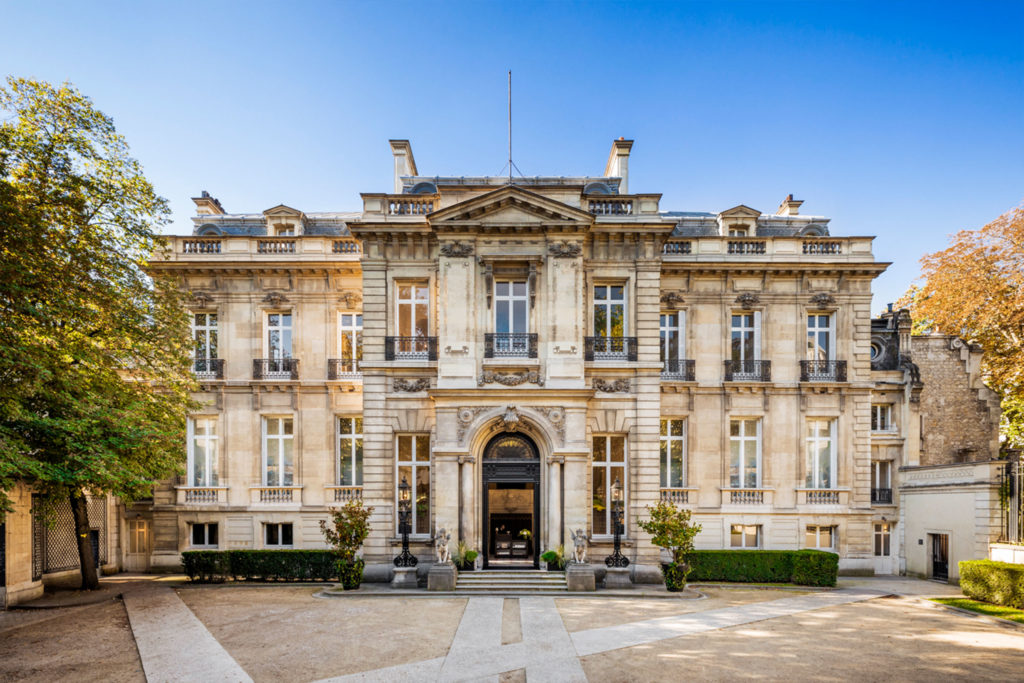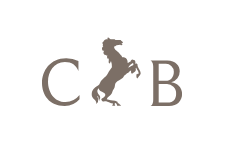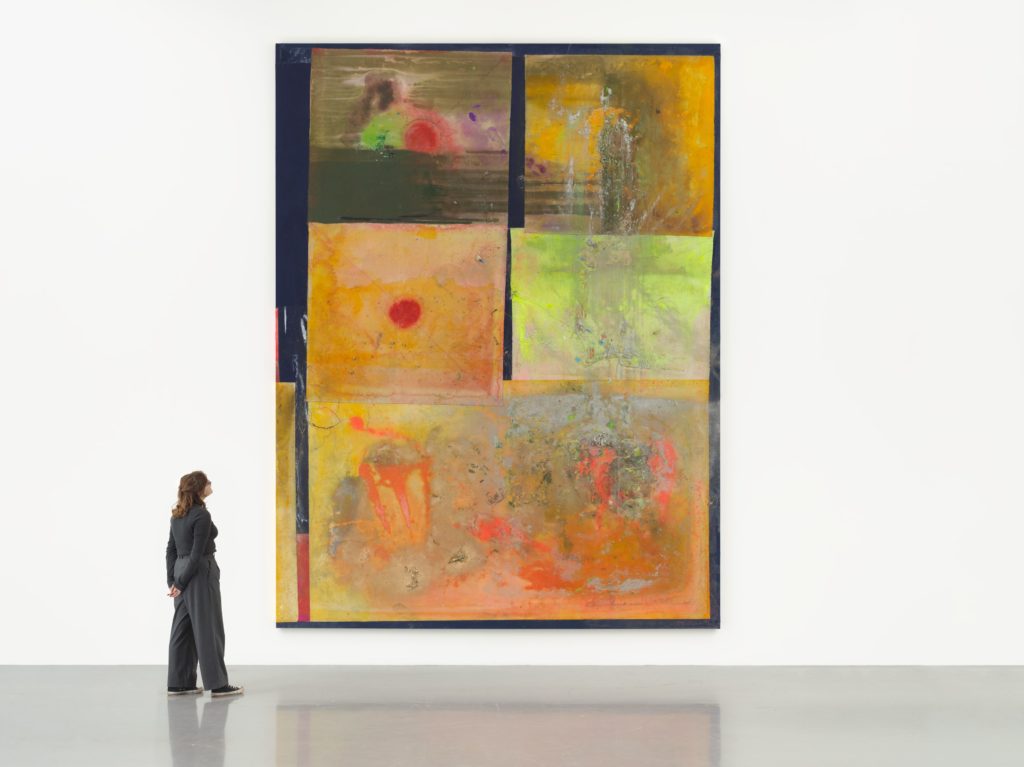
HAUSER & WIRTH Paris | Rashid Johnson, October 14 – December 21, 2024
HAUSER & WIRTH Paris | Rashid Johnson, October 14 – December 21, 2024
Rashid Johnson – October 14 – December 21 2024
Hauser & Wirth Paris
26 bis Rue François 1er, 75008 Paris
Considered one of the most emblematic artists of his generation, Rashid Johnson presents new works in this exhibition, combining painting, sculpture and film. These creations continue his research into interiority and introspection through two new, closely related bodies of paintings, entitled Soul Paintings and God Paintings. These works on canvas are accompanied by two recent series of bronze sculptures, whose coarsely modeled surfaces bear the trace of the artist’s hand, a method characteristic of his sculptural practice in recent years.
Also presented in the gallery space, Sanguine, his latest film, focuses on the relationships of care and concern between three generations of the artist’s family: his father, himself and his son. The exhibition continues to expand on his distinctive visual lexicon, notably developing the artist’s interest in animism, the belief that all things, including inanimate objects, are endowed with a soul. Through this concept, the artist connects to a reality beyond the physical, proposing an expansive vision of the universe in which all objects, and hence the paintings and sculptures on display, are animated by a spiritual life.
Portrait of Rashid Johnson
© Rashid Johnson
Courtesy the artist and Hauser & Wirth
Photo: Joshua Woods
Throughout the exhibition, Johnson revisits an emblematic form of his visual language, the evocative almond-shaped vesica piscis, a leitmotif present in global visual culture since the beginning of mankind. Used vertically in the highly personal God Paintings, this motif acquires a ritualistic and meditative quality, its constant repetition articulating a graphic mantra reminiscent of familiar vernacular forms found in multiple material cultures. Horizontal in the Soul Paintings, the abstract form assumes a representational and biological dimension, evoking mask-like cranial forms, skeletal eyes and pectorals.
Recommended
-
Hauser & Wirth Just Dropped the Most Emotional Gallery Lineup of the YearJune 12th, 2025
-
Fries, Ballots & Democracy: Taryn Simon’s Paris Game NightJune 11th, 2025
-
Alchemy in Color: Niki de Saint Phalle’s Mythologie Transforms Paris This SummerMay 6th, 2025
-
A Parisian Heart, an Eastern Soul: The Louvre Unveils ‘Une Passion Chinoise’May 1st, 2025






